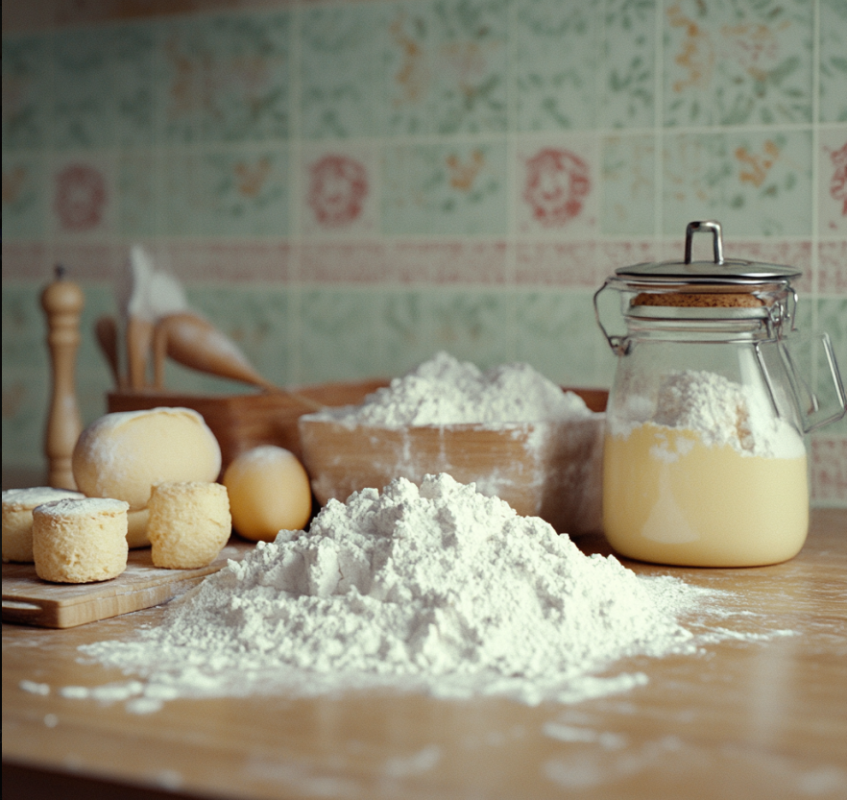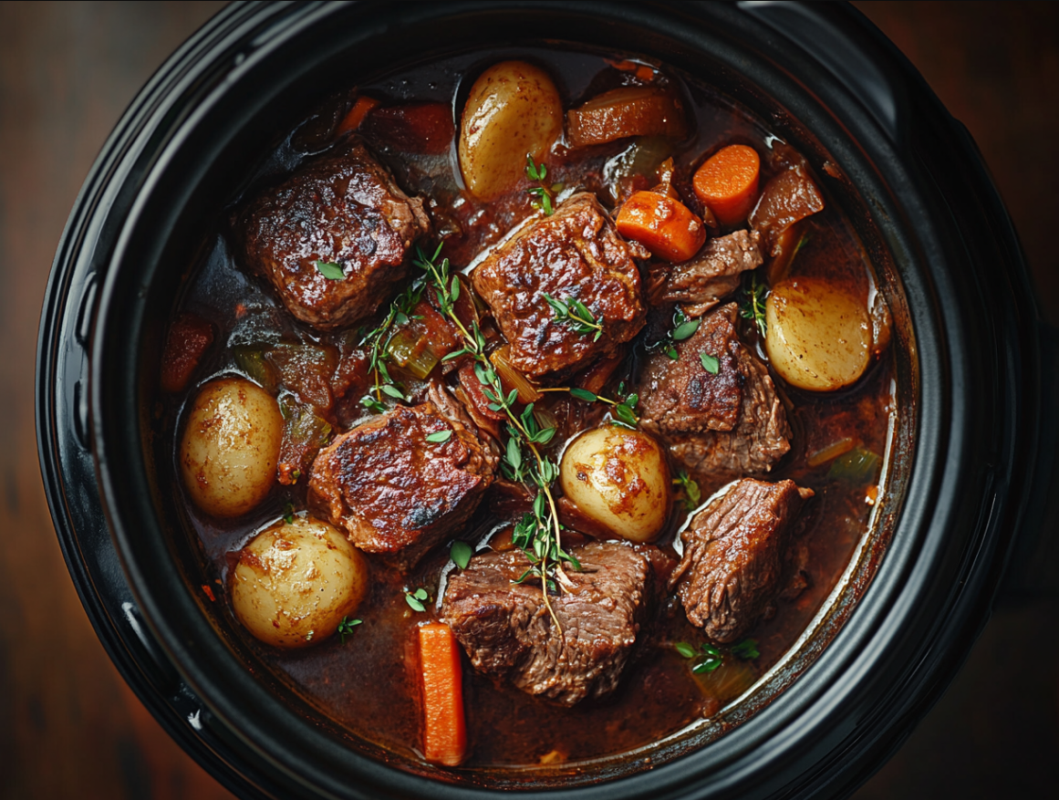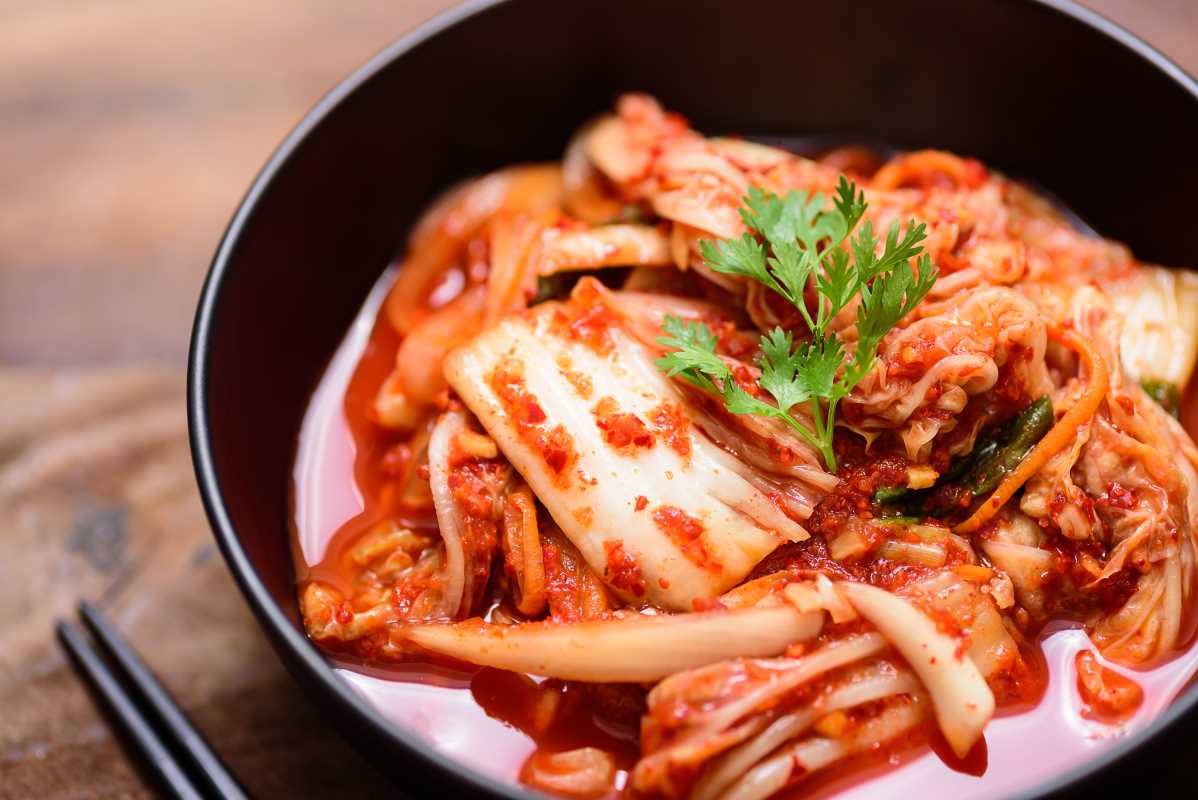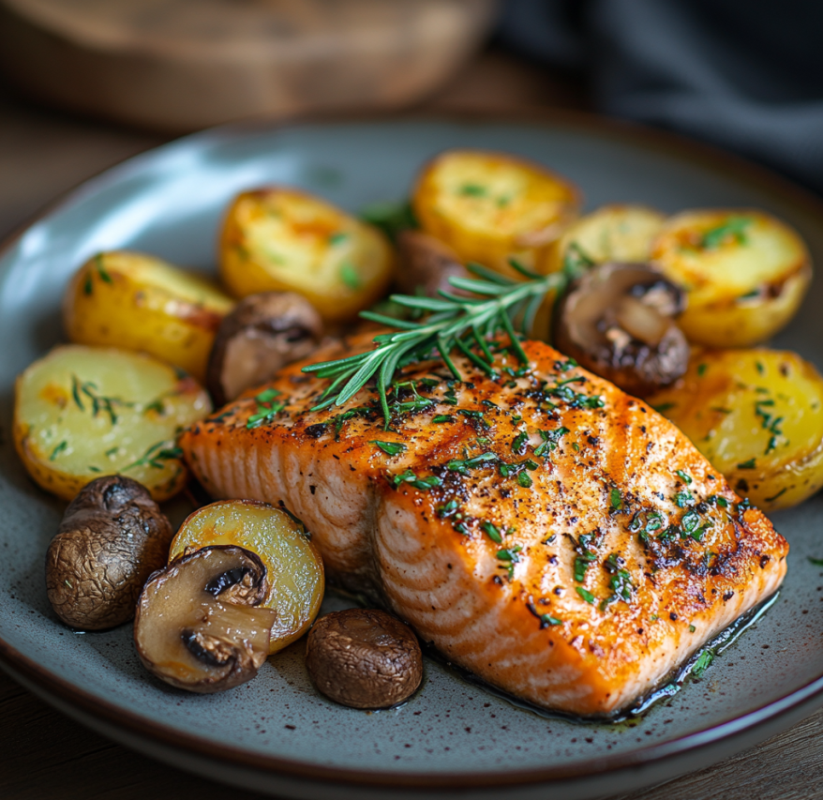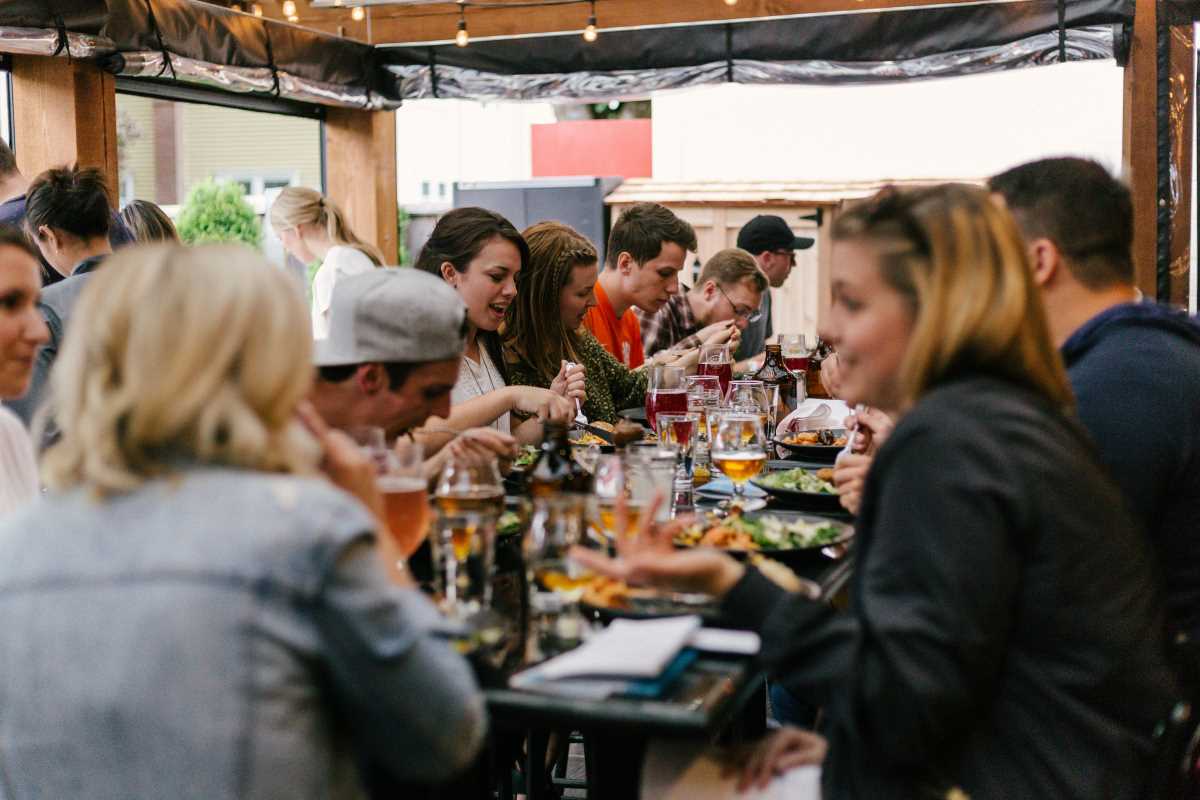Hosting a gathering can be such a joy—even for working parents. Whether you’re celebrating a birthday, hosting a holiday dinner, or just having friends and family over for fun, there’s something special about serving up a meal that brings people together. But if we’re being honest, cooking for a crowd can also feel overwhelming. The shopping, prepping, cooking, and serving can turn into a full-on production, and as busy parents, who has that kind of time?
Good news! Feeding a group doesn’t have to be stressful or complicated. With a little planning, smart strategies, and recipes that work for large groups, you can enjoy the experience without spending hours in the kitchen. This guide is all about simplifying the process so you can focus on connecting with your guests instead of worrying about the food.
1. Start with a Game Plan
Cooking for a crowd is a different ballgame than cooking for your family of four, so having a game plan makes a huge difference. Start by answering a few simple questions to keep things organized:
- How many people are you feeding? This helps you scale recipes and avoid over- or under-buying ingredients.
- What’s the occasion? A casual game night might call for finger foods, while a sit-down dinner requires more structure.
- Any dietary restrictions? Find out if your guests have allergies or preferences so you can plan accordingly.
Once you’ve figured out the basics, write down your menu, a shopping list, and a rough timeline. Breaking it down step by step can prevent last-minute stress.
2. Stick to Crowd-Friendly Recipes
When cooking for a crowd, it’s not the time to test out a complicated soufflé or make dozens of individually plated dishes. Stick with simple, tried-and-true meals that are easy to make in large quantities. Here are a few crowd-pleasers that work for almost any occasion:
- Casseroles: Think lasagna, baked ziti, or enchiladas. These can be prepped ahead of time, baked just before serving, and easily portioned out for a crowd.
- Big Salads: Build a hearty salad with greens, roasted veggies, grains (like quinoa or farro), and a protein like grilled chicken or beans. Serve the dressing on the side to keep things fresh.
- Soups or Chili: A large pot of soup or chili is filling, comforting, and easy to serve. Offer toppings like shredded cheese, sour cream, or chopped herbs for guests to customize their bowls.
- Taco Bar: Set up a DIY taco station with tortillas, proteins (like ground beef, chicken, or black beans), and toppings like salsa, guac, shredded cheese, and lettuce. It’s interactive and fun!
Aim for recipes you know well, and don’t be afraid to repeat dishes that have been hits in the past. Reliability is your friend here.
3. Scale Up Smartly
Scaling recipes sounds easy enough, but it’s worth mentioning that doubling or tripling certain dishes doesn’t always work perfectly. For example, spices and seasonings sometimes get too intense when multiplied. Instead of blindly doubling all your ingredients, adjust seasonings and taste as you go.
When working with large quantities, here are a few helpful tips:
- Invest in some large mixing bowls, baking sheets, and cooking pots to accommodate the bigger portions.
- Recipes that involve assembling (like lasagna) can often be made in multiple smaller dishes instead of one large one. This also helps with even cooking.
- Use online tools like recipe calculators to scale ingredient amounts accurately.
4. Prep Ahead as Much as Possible
Preparation is the key to keeping your sanity when cooking for a crowd. By tackling as many tasks as you can ahead of time, you’ll give yourself a smoother and more relaxed cooking experience.
Here’s how you can prep in advance:
- Shop early: Grab your ingredients a day or two ahead of time so you’re not running to the store while guests are arriving.
- Chop and slice: Dice vegetables, shred cheese, or slice bread for serving a day in advance and store them in airtight containers.
- Cook ahead: Meals like casseroles, soups, and pasta bakes can often be fully cooked or at least partially prepared the day before. Reheat or finish cooking on the day of your event.
- Set the table: If you’re hosting a sit-down dinner, set the table or arrange your buffet station the night before to save time.
The goal is to have everything prepped and ready to go so that come party time, all you have to do is assemble, heat, or serve.
5. Go Buffet-Style
Pass-the-plate dinners may work for small gatherings, but when feeding a crowd, a buffet setup is your best friend. It’s self-serve, which means less work for you, and allows guests to choose what (and how much) they want to eat.
To make your buffet efficient:
- Arrange dishes in a logical order (plates first, followed by mains, then sides and salads).
- Use chafing dishes or slow cookers to keep hot foods warm.
- Provide serving utensils for each dish to keep things moving smoothly.
- Offer disposable plates, cups, and utensils if cleanup time is a concern.
6. Drinks and Desserts Simplified
Drinks and desserts are often overlooked until the last minute, but with a little planning, they can be a breeze.
- For Drinks: Offer one or two basic options like iced tea, lemonade, or a simple punch. For adult guests, you can include a small selection of beer and wine or a signature cocktail. Setting up a self-serve station minimizes your workload.
- For Desserts: Skip fancy cakes or desserts that require assembly. Instead, opt for easy options like cookies, brownies, or a simple trifle. Bonus points if it can be made ahead of time.
7. Delegate Tasks
You don’t have to do it all on your own. If a guest asks, “What can I bring?” take them up on it! Salads, desserts, or even an extra bottle of wine are great items to delegate. Make a list of items or tasks you’re comfortable having others handle, so you’re ready when people offer to help.
If you’re cooking entirely on your own, consider enlisting a family member to help set the table or keep an eye on the kids while you prep.
8. Clean as You Go
One of the most stressful parts of cooking for a group is the mountain of dishes left over. Avoid the dreaded pile-up by cleaning as you cook. Rinse cutting boards and knives right after you use them, and put bowls or utensils into the dishwasher as you finish.
For easy cleanup, line pans with aluminum foil or parchment paper, and use slow cooker liners for soups or stews.
 (Image via
(Image via
.jpg)
